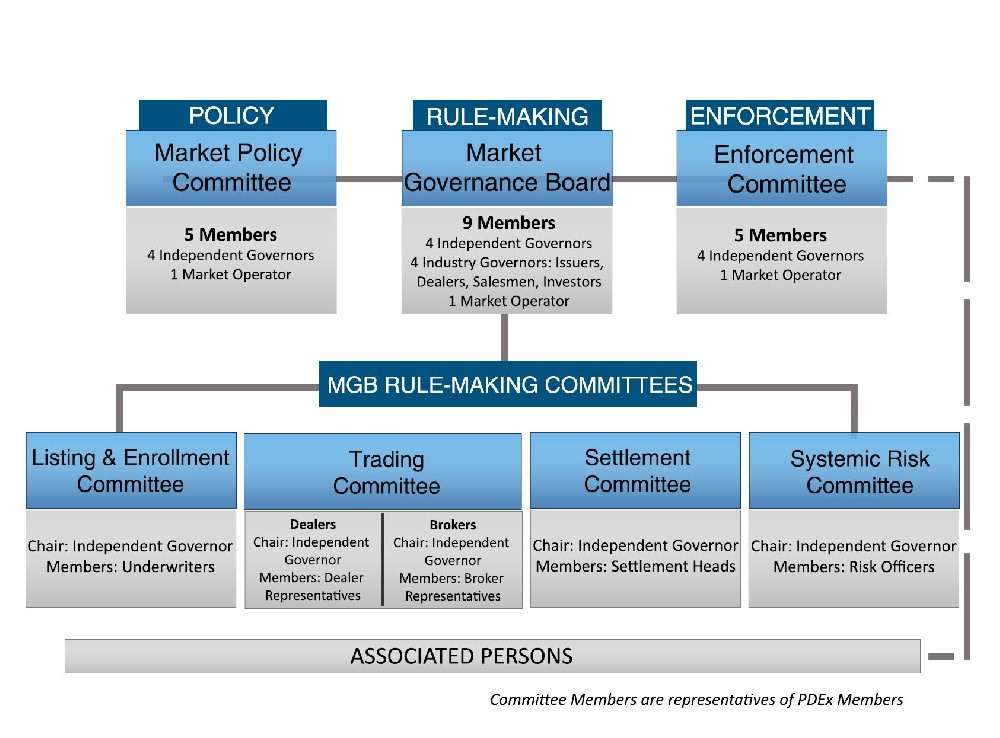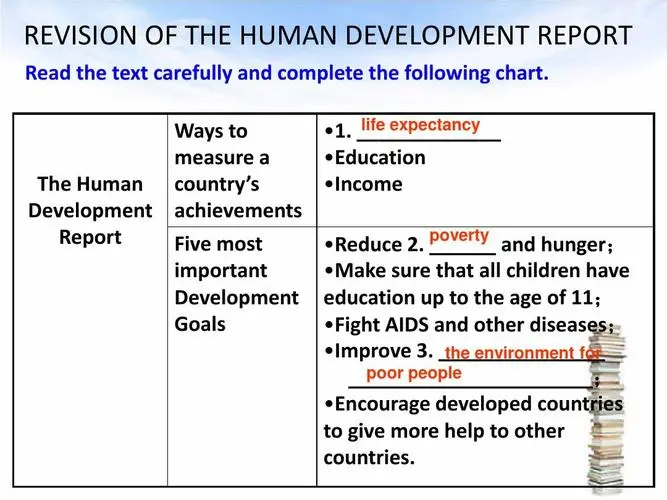The Federal Reserve’s interest rate hike cycle is a process of gradually increasing the target range for the federal funds rate, which is the interest rate that banks charge each other for overnight loans. The Fed uses this rate as a tool to influence the supply and demand of money in the economy, and to achieve its dual mandate of price stability and maximum employment.
The Fed’s interest rate hike cycle has significant implications for emerging economies around the world, as it affects the cost and availability of capital, the exchange rate movements, the inflation expectations, and the financial stability in these countries. Some of the main effects are:
Capital flows: Higher interest rates in the US make US assets more attractive to investors, leading to capital outflows from emerging markets to the US. This reduces the availability of external financing for emerging economies, and increases the risk of sudden stops or reversals of capital flows, which can trigger financial crises.
Exchange rates: Higher interest rates in the US also appreciate the US dollar against other currencies, especially those of emerging economies with weaker fundamentals or higher external vulnerabilities. A stronger dollar makes it more difficult for emerging economies to service their dollar-denominated debts, and reduces their export competitiveness.
Inflation: Higher interest rates in the US can also affect the inflation dynamics in emerging economies, depending on the degree of pass-through from exchange rate movements to domestic prices, and the credibility of monetary policy in anchoring inflation expectations. A weaker currency can increase the cost of imported goods and services, and generate inflationary pressures in emerging economies. Alternatively, a stronger currency can lower the cost of imports, and create disinflationary or deflationary pressures.
Financial stability: Higher interest rates in the US can also pose challenges for the financial stability in emerging economies, as they can expose the vulnerabilities of the banking and corporate sectors, and increase the risk of asset price bubbles or corrections. Higher borrowing costs can erode the profitability and solvency of banks and firms, especially those with high leverage or currency mismatches. Higher interest rate volatility can also induce sharp fluctuations in asset prices, such as bonds, equities, and real estate.
The impact and development of the Fed’s interest rate hike cycle on emerging economies around the world depend on several factors, such as the pace and magnitude of the rate hikes, the communication and forward guidance of the Fed, the policy responses and buffers of the emerging economies, and the global and domestic shocks that may affect the economic outlook. In general, the impact is likely to be more severe for emerging economies that have weaker macroeconomic fundamentals, higher external imbalances, lower policy credibility, and less policy space.







